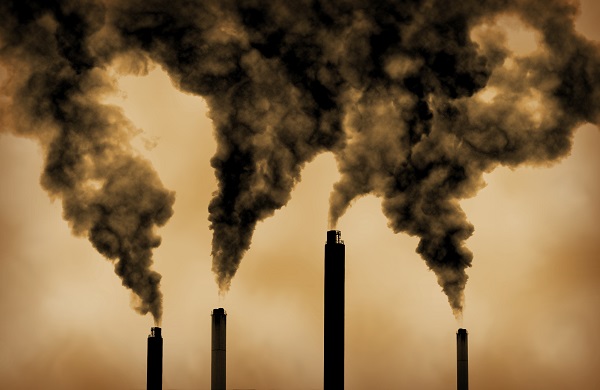However, Australia needs stable support for investments in clean energy and energy efficiency to avoid becoming dependent on international permits.
"The world needs ambitious action on climate change and with a credible climate policy Australia can act as an example to others," said Jennifer Morgan, director of the Climate and Energy Program at the World Resources Institute.
"Australia's emissions trading scheme gives it flexibility in its approach, while the legislated limits give the world confidence that Australia will achieve its national reduction goals."
The Open Climate Network analysis found emissions from Australia's electricity sector — the nation's largest single source of carbon pollution — will likely fall, thanks to a suite of effective policies that includes the Renewable Energy Target and energy efficiency initiatives. However, emissions from other sectors, particularly the resources sector and to a lesser extent transport, will continue to rise.
Both of Australia's major political parties support cutting carbon pollution between 5 and 25 per cent (from 2000 levels) by 2020.
Currently Australia has a carbon price that transitions from a fixed charge to an internationally linked cap-and-trade scheme in 2014 or 2015.
"Our joint analysis finds that the carbon price is not enough to drive significant domestic emissions reductions without support from existing and new policies," John Connor, CEO, The Climate Institute, said.
"The advantage of an internationally linked trading scheme is that Australia can drive more ambitious carbon cuts at no extra cost.
"This is important because it is reducing global atmospheric carbon pollution and that is crucial to help achieve Australia's national climate interest of avoiding global warming of two degrees above pre-industrial levels.
"The risk is that we rely overly on international permits without doing enough to address our own pollution. Australia needs to step up its efforts to reorient its economy on a low carbon foundation — this is the only way to succeed and prosper in the long term."
The analysis of Australia's climate mitigation policies is the latest in a series of Open Climate Network reports that examine the policy frameworks of the United States, the UK and the European Union.















